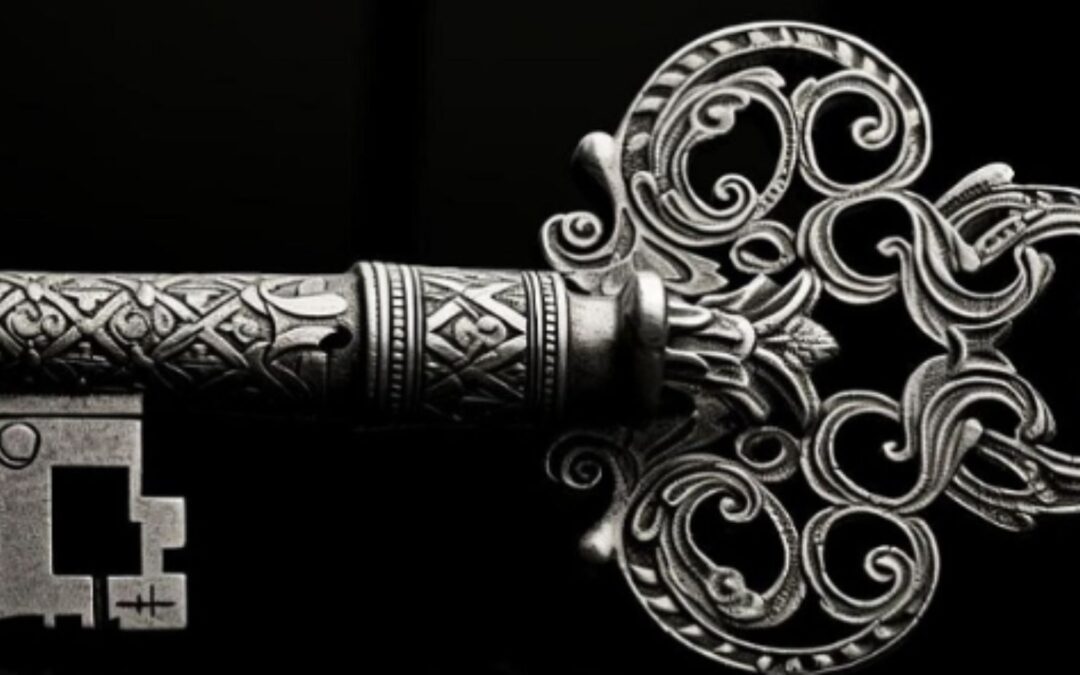Locks and keys have provided security and peace of mind for centuries by keeping our most valuable possessions safe. How locks and keys evolved over time is a testament to human creativity, reflecting the difficult balancing act between security and design. From the simple wooden mechanisms of prehistoric societies to the complex electronic systems favored by the best locksmiths of today, the historical evolution of lock and key design is a tale of remarkable innovation and need.
Ancient Origins
Lock mechanisms date back to ancient Egypt and Mesopotamia. Wooden pin-tumbler locks were made to protect valuables and secure dwellings. Wooden pegs or pins were used to keep the bolt from moving without the right key. These early locks used a basic pin-tumbler mechanism. These systems seemed efficient then, yet they needed the intricacy and refinement of later designs. While lock-making techniques have evolved over time, it is important to note that the basic pin-tumbler mechanism used in these ancient early locks remained effective in providing security for many centuries.
As civilizations progressed, so too did the art of lock-making. Renowned for their skill in engineering, the Romans used new materials and methods for improved security. With its increased durability and anti-tampering properties, iron emerged as the material of choice for lock manufacture. Not only did elaborate key designs with exquisite engravings convey wealth and prestige, but they also demonstrated the skill of talented craftsmen.
Medieval Advancements
Needing to defend castles and strongholds and safeguard precious valuables, lock innovation saw a further boom during the Middle Ages. The emergence of locksmith guilds encouraged cooperation and rivalry among skilled artisans in the industry. Lever locks, which had to be opened by lifting several levers for the bolt to line up, were a major development in security. These locks offered improved security against unauthorized entry and were difficult to pick.
Renaissance Elegance
Lock design underwent a new phase of refinement and elegance throughout the Renaissance. Locks developed into complex aesthetic artworks with intricate engravings, elaborate patterns, and decorative motifs, highlighting the craftsmanship and attention to detail that went into their creation. Locks gained cultural and social significance as status symbols and luxury items.

They were seen as emblems of refinement and sophistication rather than items of simple functionality. By experimenting with novel mechanisms and materials, locksmiths constantly pushed through the boundaries of lock-making, accelerating the advancement of lock technology.
Industrial Revolution
Innovations in materials and manufacturing techniques transformed lock production during the Industrial Revolution. Mass production systems revolutionized the fabrication of locks. Locks were more widely available and affordable, and most people adopted them in their daily lives. Introduced in the mid-1900s, Linus Yale Sr.’s unique pin tumbler lock design changed the industry. The Yale lock featured pins of varying lengths that matched the cuts of the key. The Yale tumbler lock offered users a dependable, reasonably priced security option for their homes and businesses.
20th Century Innovations
Technological advances in the 20th century led to the creation of electronic locks. Their creation made advanced security systems possible. Keypads, biometric scanners, and remote-controlled access became standard equipment, offering convenience and enhanced security. Despite these technological advancements, the basic ideas behind lock design stayed the same. Whether mechanical or electronic, locks still conform to the fundamental principles of protection and deterrence against unwanted access.
Smart Locks and Beyond
Smart home technology has completely changed how we secure our homes and possessions. Smart technology can monitor activity, manage remote access, and connect to personal devices. Smartphone integration and Wi-Fi connectivity offer unmatched convenience and control over who can enter our homes. Featuring remote guest access and real-time notifications of suspicious activity, these smart gadgets offer security in our increasingly connected environment.

Smart locks installed by the best locksmith will provide a complete security system for your home by linking to other smart home devices, like security cameras and alarm systems. Their sleek design and user-friendly features make them a popular choice for homeowners looking to upgrade their security.
Locks Throughout History and Into the Future
Looking back through the lock and key design development, it’s easy to see that these simple, essential devices have played a huge part in shaping our lives. Locks have evolved from primitive wooden mechanisms to advanced electronic systems as they have adapted to society’s needs through technological changes. One thing that has remained constant throughout this intricate progress is the classic attraction of well-made products and designs that guarantee our protection and safety.

